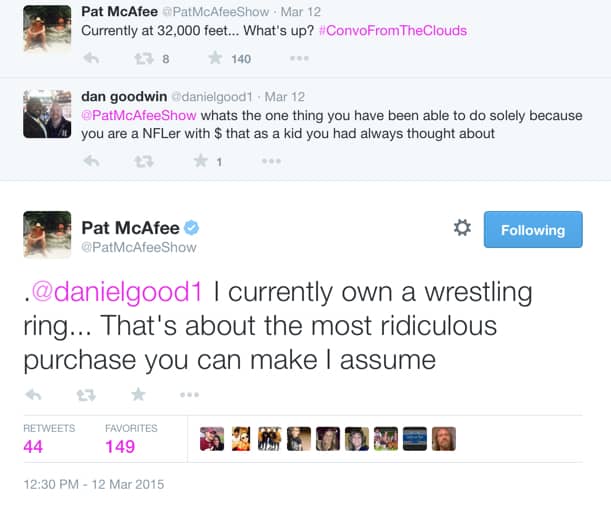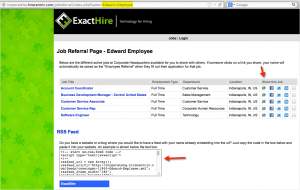Grow Employer Brand Loyalty, Engage Employees in Continual Improvement
Taking concepts of brand management and applying them to employee management is an effective strategy for attracting, hiring, and retaining talent. Previously, we’ve covered the concept of “employer brand” and how it relates to “consumer brand”. Today, we’ll look at the concept of “employer brand loyalty” and how an organization can strengthen it by implementing a continual improvement plan that engages employees.
Consumer Brand Loyalty Vs. Employer Brand Loyalty
Simply put, “consumer brand loyalty” is the phenomena wherein consumers choose to exclusively purchase a product or service from one business, or brand , over a long period of time. Sometimes this is because the quality of the product or service is perceived to be better, sometimes it’s because the brand provides an intangible benefit, such as prestige, fashion, righteousness, or a sense of belonging. The bottom line is that the consumer’s purchasing decision is based on factors that are not limited to price ($$$).
Similarly, “employer brand loyalty” describes an employee’s choice to exclusively contract with an employer over a long period of time for reasons beyond salary ($$$). Employee perceptions of the employer also play a significant role in the development of employer brand loyalty. In fact, many of the intangible benefits that convince a consumer to remain loyal to a brand, can be the same reasons why an employee remains loyal to an employer brand–prestige, fashion, righteousness, a sense of belonging.
…the big difference between consumer and employer brand loyalty??
Consumer brand loyalty is based on how the brand treats the consumer. Employees are, themselves, the employer brand, so their loyalty is based on how they treat one another. This means that in addition to gathering feedback from consumers on products or services, businesses must provide opportunities for employees to provide feedback on their experience. The continual improvement process is a perfect chance to do both.
Continual Improvement
Continual improvement is a concept that is understood by most of today’s successful businesses. These businesses know that operating at optimal levels on Day 1 is nearly impossible, and so smart owners plan for continual improvements that will ensure sustained growth and profitability. In improving a consumer brand, this can be illustrated by adding features to a product in order to address customer complaints. For an employer brand, an example could be investing in new technologies to automate tedious tasks and increase process efficiency.
Making informed changes to existing processes in order to increase efficiency in operations is at the heart of continual improvement. But, often times, decision-makers are blind to process inefficiencies that plague daily operations because they are not close enough to the processes. And although process inefficiency may seem of little importance in regard to consumers, it will take a toll on employees. From there, it’s only a matter of time before the low morale of employees begins to impact customers and the consumer brand.
Therefore, it is vital to understand that the strength of employer brand loyalty and consumer brand loyalty are connected; in order to achieve high levels of both, a business must engage customers, as well as employees, in the improvement process. Again, no one expects all operations to hum in the early days of a business. Mistakes are made, unexpected challenges occur, and resources are often limited; however, if lessons are not learned and shared, then those mistakes and setbacks can begin to define an organization and its employer brand–“The people are nice, the product is good, but the place is dysfunctional.”
Gaining The Employee Perspective and Buy-in
It is important to have a plan in place that provides employees with a formal channel through which they can suggest improvements. This can be as simple as a drop box (real or virtual), or it can be a standing topic at department meetings. Regardless of the chosen channel, it must be easy to submit and receive suggestions, and each suggestion should receive a genuine response.
Engaging employees in the improvement of processes is just one way to strengthen employer brand loyalty. Employees can also contribute ideas for improvements to other areas of your business such as workspace, marketing collateral, customer support, communications, and even janitorial service. This is not to say that every decision for improvement must go through the entire organization, but empowered employees who are given a voice, and whose voice is listened to, will be your brand’s most loyal advocates.
5 Steps to Improve Employment Brand Loyalty
- Develop a continual improvement plan that engages your employees
- Provide a quick and easy way for employees to suggest improvements at anytime and to provide feedback on specific issues
- Respond to all suggestions and feedback for improvement with next-steps and a time frame for completion
- Upon implementing improvements, recognize the source of the idea and its benefit
- Maintain a running log of improvements that can be celebrated at year-end
ExactHire provides hiring technology for small to medium-sized organizations. Our SaaS solutions include HireCentric ATS and OnboardCentric which can streamline your hiring and onboarding processes, while providing an exceptional experience for new employees. To learn more about how you can enhance your hiring process through the use of our software, contact us today!



